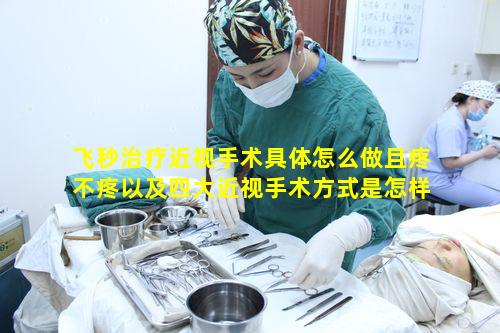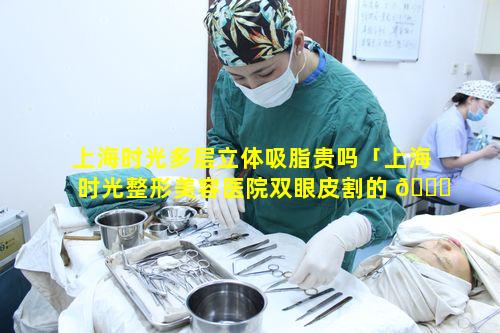飞秒治疗近视手术具体怎么做且疼不疼以及四大近视手术方式是怎样的
1、飞秒治疗近视手术具体怎么做且疼不疼以及四大近视手术方式是怎样的
飞秒激光近视手术手术流程:
1. 准备: 散瞳和局部麻醉。
2. 摆位: 患者平躺,头部固定在手术台。
3. 切瓣: 飞秒激光在角膜表面切削,形成瓣状结构。
4. 掀瓣: 用微型镊子小心掀起瓣状结构。
5. 激光矫正: 在瓣下组织使用准分子激光进行视力矫正。
6. 复位: 瓣状结构复位并用手术胶水粘合。
疼痛感:大多数患者在手术过程中没有明显疼痛感。
手术后可能会出现轻微的不适和异物感,通常在几天内缓解。
近视手术的其他方式:
除了飞秒激光近视手术,还有其他三种主流的近视手术方式:
准分子激光屈光手术 (LASIK):与飞秒激光近视手术类似,但使用机械刀片制作瓣状结构。
表层屈光角膜切削术 (PRK):直接在角膜表面进行激光矫正,无需切瓣。
晶体植入术 (ICL):在眼睛内植入一个可折叠的透镜,以矫正视力。

2、
It's important to note that not all quotation marks are the same. There are different types of quotation marks used in different situations, such as double quotation marks ("), single quotation marks ('), and angle brackets (< >). The type of quotation marks used depends on the style guide or convention being followed.
Here are some examples of how quotation marks can be used:
Direct quotations: Quotation marks are used to enclose direct quotations, which are words spoken or written by a person. For example:
> The President said, "The State of the Union is strong."
Titles of works: Quotation marks are used to enclose the titles of short works, such as articles, short stories, and poems. For example:
> I read the article "The Importance of Sleep."
Words used ironically or in a special sense: Quotation marks can be used to enclose words that are being used ironically or in a special sense. For example:
> He was a "friend" who always stabbed me in the back.
Emphasis: Quotation marks can be used to emphasize a word or phrase. For example:
> This is the "best" movie I've ever seen.
It's important to use quotation marks correctly to avoid confusion and ensure that your writing is clear and concise.




